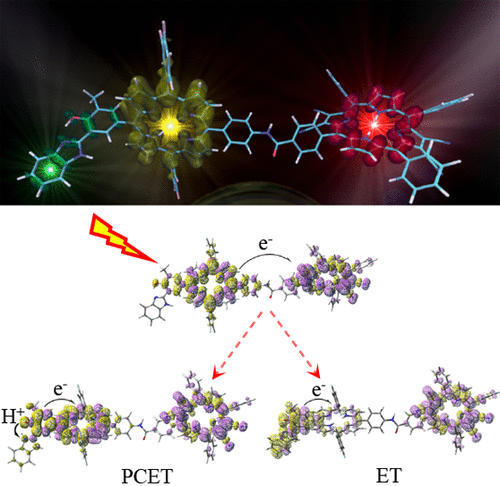Atypical lone pair‐π interaction with quinone methides in a series of imido‐ferrociphenol anticancer
DOI:10.1002/anie.201902456
Angewandte Chemie
Oxide-carbonate composite electrolytes are complex materials whose peculiar conductivity performances are yet to be fully understood. Stability issues however arise when the carbonate is combined to an oxide such as TiO2, preventing practical fuel cell application of TiO2-based composites. To investigate the origin of such instability, a combined experimental and Density Functional Theory based approach is here presented and applied to the LiKCO3-TiO2 composite, focusing on energetic, electronic and vibrational properties. The origin of the instability of this composite could be traced back to the intrinsic reducible nature of TiO2, with inserted Li being almost fully oxidized and stabilized by reduced Ti atoms at the oxide surface, thus facilitating LixTiO2 phases formation and accumulation close to the interface between the oxide and the carbonate. This demonstrates that although the interface formation is critical for enhanced conductivity in YSZ- or CeO2-based composites, it is potentially responsible for stability issues found in TiO2-based ones.





